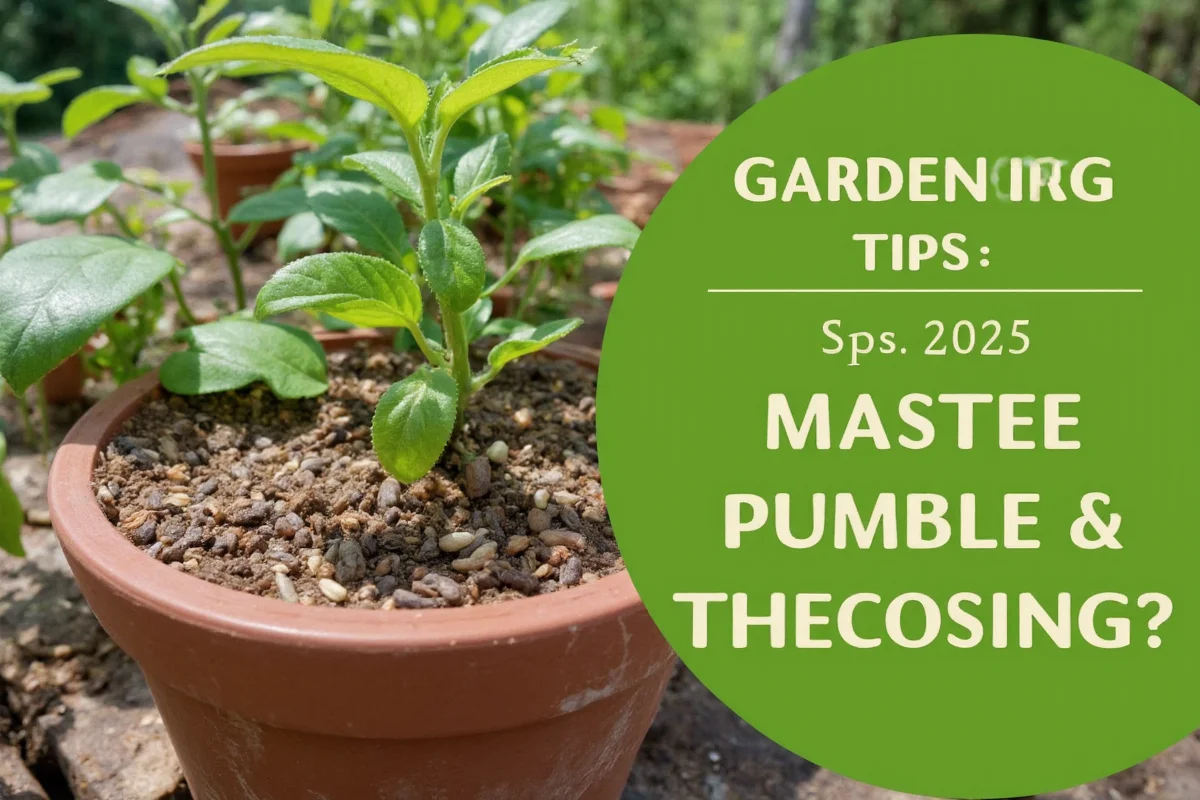Snake plants, also known as Sansevieria or mother-in-law's tongue, are a favorite among indoor gardeners due to their striking appearance and low maintenance requirements. This guide will delve into the essentials of snake plant care, covering different types, ideal growing conditions, propagation methods, common problems and solutions, and the environmental benefits of these hardy plants.
Types of Snake Plants
Snake plants come in a variety of types, each with unique characteristics that might appeal to different gardeners. Understanding the various types can help you choose the right snake plant for your home and enhance your indoor garden.
- Sansevieria Trifasciata: Known for its sword-like, green leaves with grayish cross-bands. It's the most common variety.
- Sansevieria Laurentii: Features tall, green leaves edged with yellow stripes. Perfect for adding a pop of color.
- Sansevieria Hahnii: A dwarf cultivar that doesn't grow too tall, ideal for desktop placement.
- Sansevieria Cylindrica: Known for its round, stiff leaves, creating a more structural look.
- Sansevieria Fernwood: A hybrid variety with delicate, narrow leaves that feature a lightly striped pattern.
Ideal Growing Conditions
Snake plants are admired for their tolerance to various growing environments, but they thrive best under specific conditions. By simulating their natural habitat, you can ensure a healthy and flourishing plant.
- Light: While snake plants can tolerate low light conditions, they prefer indirect sunlight. Avoid direct, harsh sunlight which can scorch their leaves.
- Temperature: Snake plants prefer temperatures between 60°F and 80°F (15°C to 27°C). They aren't fond of cold drafts, so keep them away from open windows during winter.
- Soil: A well-draining soil mix is crucial to preventing root rot. A cactus or succulent mix works well.
- Watering: Water thoroughly but infrequently. Allow the soil to dry between watering to avoid overwatering, which can lead to rot.
- Humidity: These plants can tolerate low humidity levels but thrive in moderate humidity. Avoid placing them in overly damp areas.
Propagation Methods
Propagating snake plants is an exciting process that allows you to expand your indoor garden or share plants with friends. There are several effective propagation techniques you can employ.
- Division: Simply divide the plant at the root, ensuring each section has healthy roots and leaves. Best done in spring.
- Leaf Cuttings: Cut leaves into sections and place them in soil. Keep them moist to encourage root development.
- Water Propagation: Submerge the leaf cuttings in water until roots form, then transplant into soil. Ensure the leaf is upright and submerged only partially.
- Rhizome Division: Cut sections of the rhizome, ensuring each has a few leaves. Plant them in fresh soil.
Common Problems and Solutions
While snake plants are hardy, they can encounter a few common problems. Knowing how to identify and address these issues will help keep your plant healthy and vibrant.
- Yellow Leaves: Often caused by overwatering. Let the soil dry out and water less frequently.
- Brown Tips: This can be due to low humidity or excess salts from fertilization. Trim the brown tips and adjust humidity and fertilizer use.
- Pest Infestations: Common pests include spider mites and mealybugs. Treat with insecticidal soap or neem oil.
- Root Rot: Due to soggy soil conditions. Ensure proper drainage and let the soil dry out thoroughly.
Environmental Benefits
Beyond their aesthetic allure, snake plants provide several environmental benefits, making them a valuable addition to any indoor space.
- Air Purification: Snake plants are known for their ability to filter indoor air, removing toxins such as formaldehyde, benzene, and xylene.
- Oxygen Production: Unlike most plants that release oxygen during the day, snake plants continue to improve air quality by releasing oxygen at night.
- Minimal Care: Due to their low maintenance needs, these plants are ideal for busy individuals looking to green their living spaces without constant care.
- Decorative Appeal: Their unique shapes and colors can enhance the visual appeal of indoor environments.
In conclusion, snake plants are a delightful addition to any home, offering both aesthetic and environmental benefits. Understanding their care requirements, propagation techniques, and potential problems can ensure they thrive in your indoor garden with minimal effort.











 浙公网安备
33010002000092号
浙公网安备
33010002000092号 浙B2-20120091-4
浙B2-20120091-4